Novel coronavirus identified as cause of a cluster of pneumonia cases in Wuhan, China
On Jan. 9, 2020, the World Health Organization announced that a novel coronavirus had been identified as the…
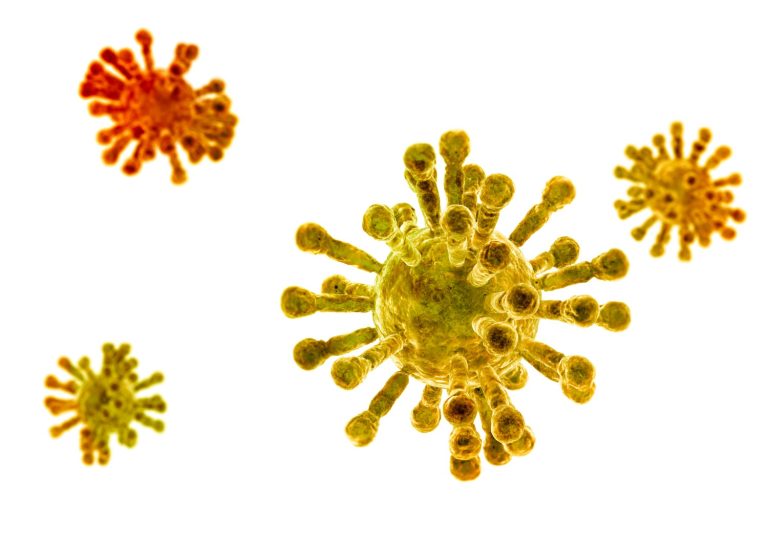
On Jan. 9, 2020, the World Health Organization announced that a novel coronavirus had been identified as the…
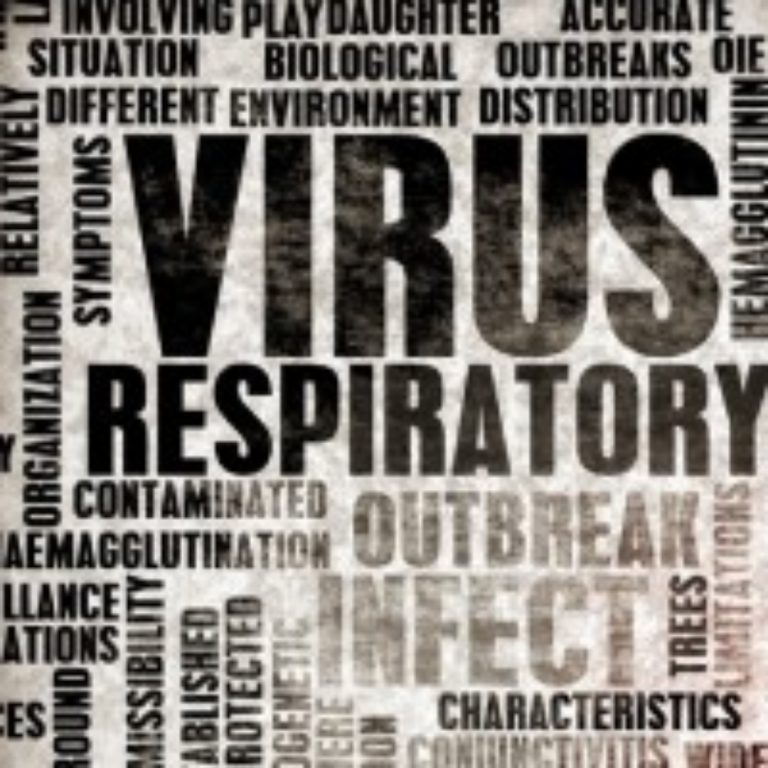
On Jan. 9, 2018, armed with 1940s-vintage flu vaccine technology and supported by only anemic funding for developing…

On Aug. 7, 2017, Seqirus announced that the accelerated development of cell-based manufacturing technology at its state-of-the-art manufacturing…
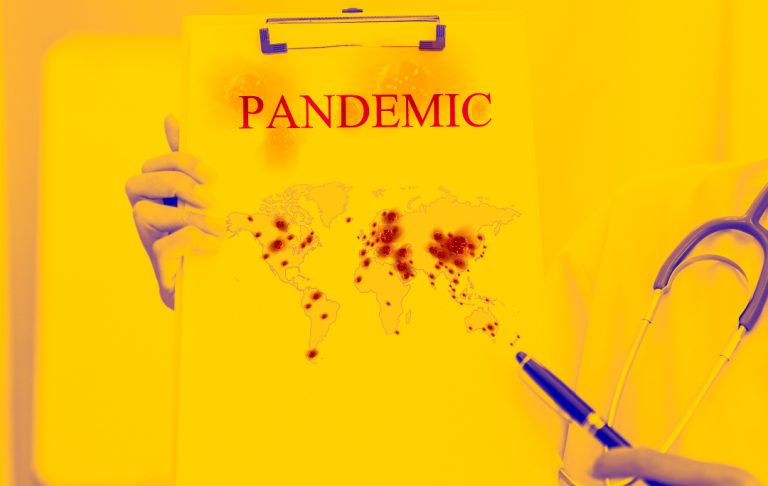
On Jun. 15, 2017, the U.S. Department of Health and Human Services (HHS) published the nations’s updated Pandemic…
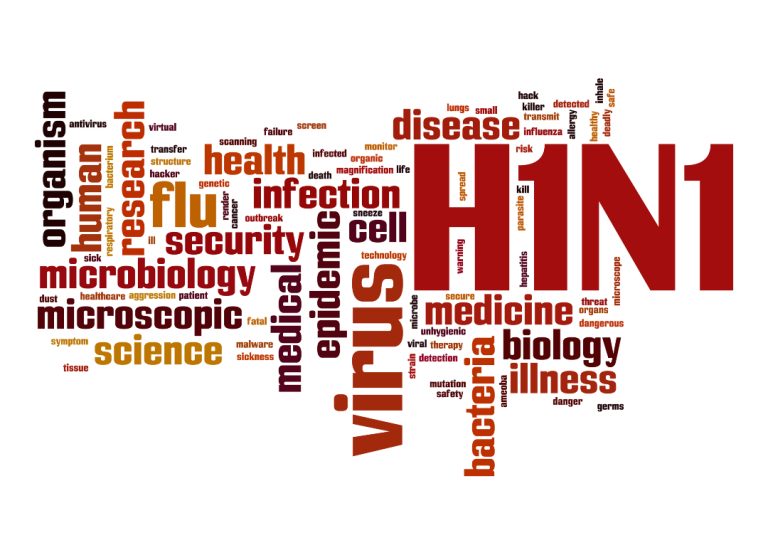
On Aug. 10, 2010, WHO Director-General Dr Margaret Chan announced that the H1N1 influenza virus had moved into…
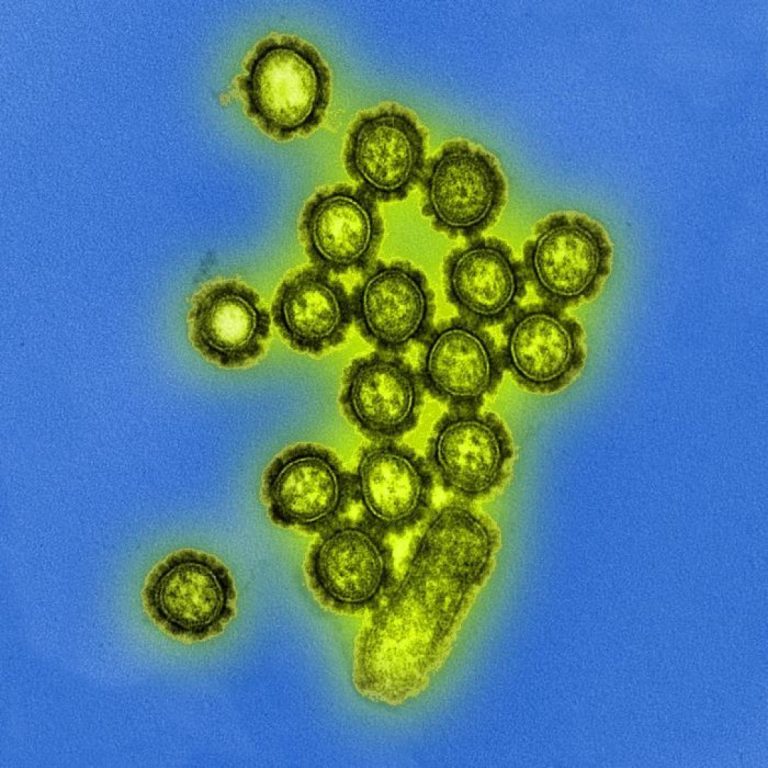
On Jun. 11, 2009, the Dr. Margaret Chan, Director-General World Health Organization (WHO), declared the world was at…

On May 22, 2009, the U.S. Dept. of Health and Human Services (HHS) directed $1 billion toward development…
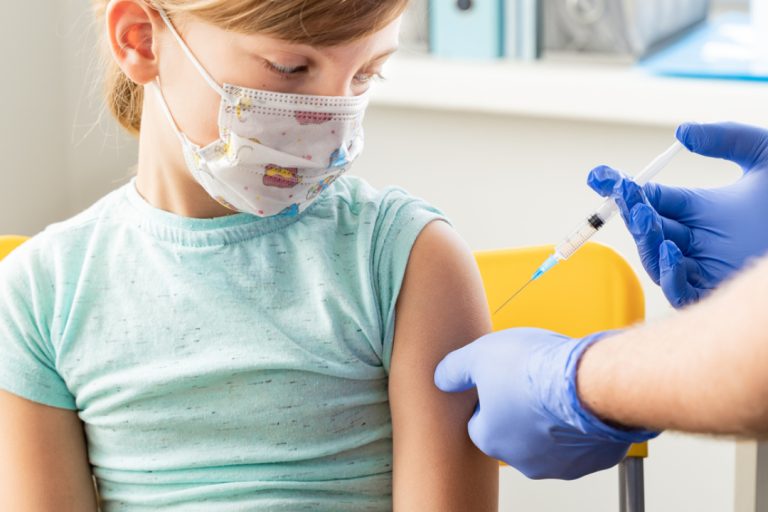
On Apr. 15, 2009, a novel influenza A virus (then referred to as ‘swine origin influenza A virus’)…

On Apr. 15, 2009, infection with the new influenza A virus (then referred to as ‘swine origin influenza…

On Jun. 7, 2007, years before the COVID-19 pandemic swept across the globe, a group of about 100…
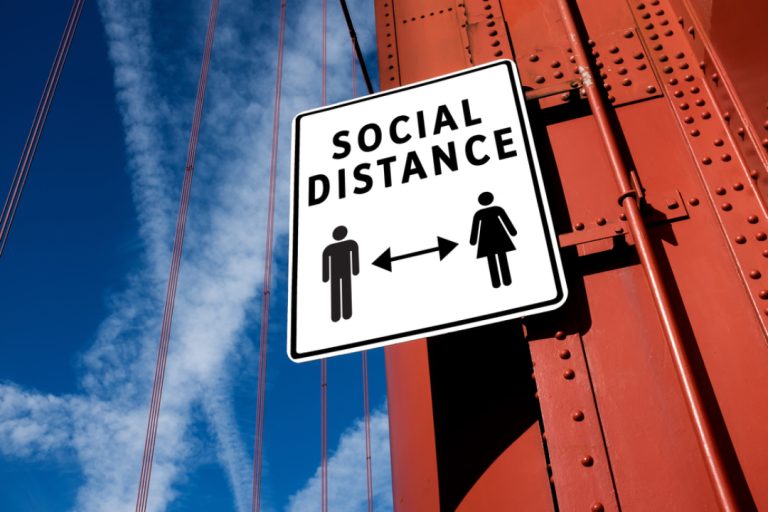
On Feb. 1, 2007, the Centers for Disease Control and Prevention (CDC) released its long-awaited disease containment strategy…
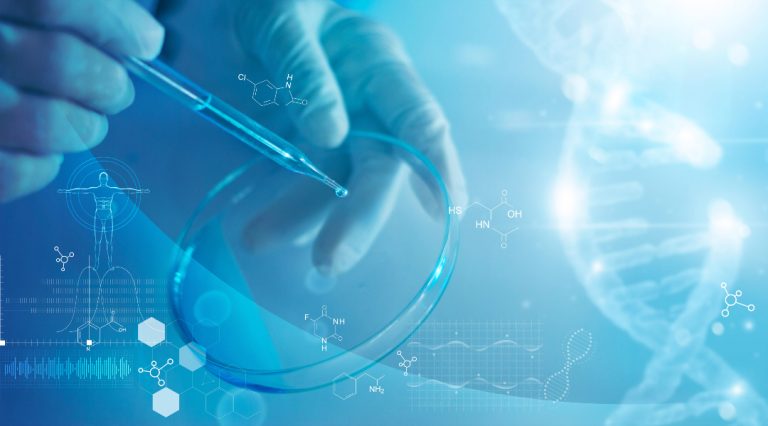
In 2007, researchers at Livermore National Laboratory announced they had developed candidate signatures for pathogens that might be…
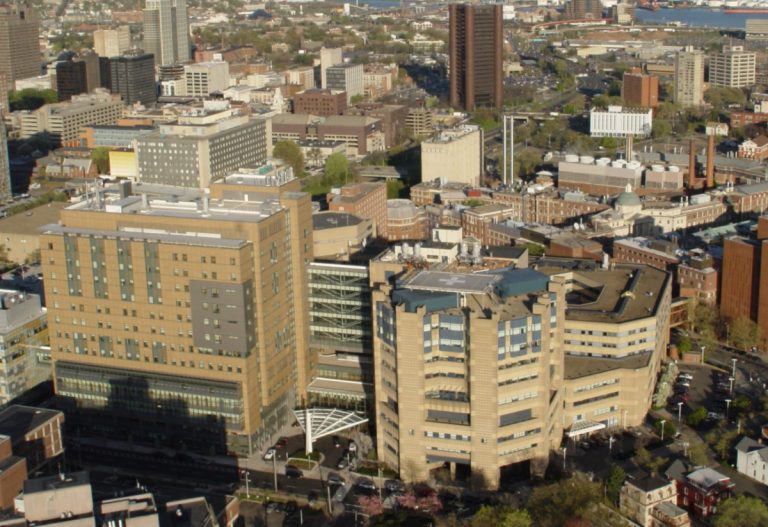
On Aug. 31, 2022, Yale New Haven Hospital (YNHH) broke ground on the $838 million, 505,000 square foot…
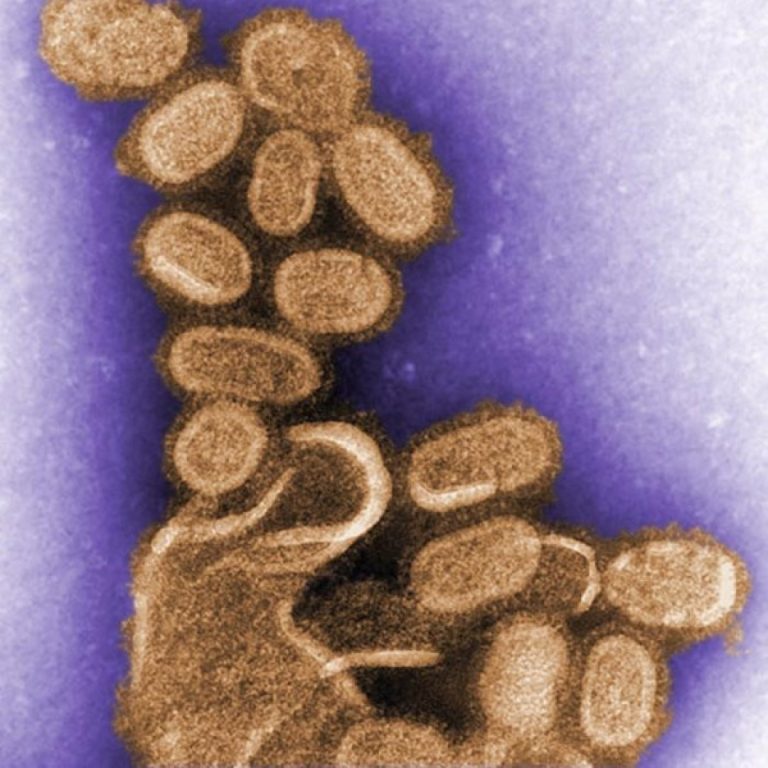
On Oct. 7, 2005, Jeffery Taubenberger, AH Reid, AE Krafft, Karen Bijwaard and Thomas Fanning published a report…
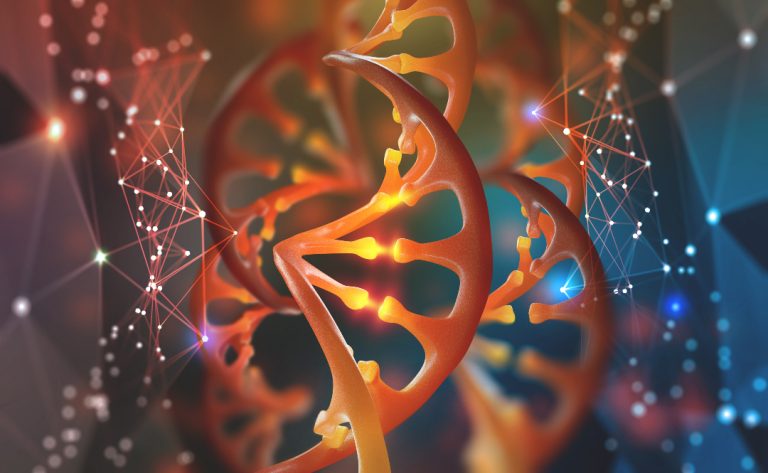
On Apr. 14, 2003, researchers at Canada’s Michael Smith Genome Science Centre in Vancouver announced they had sequenced…
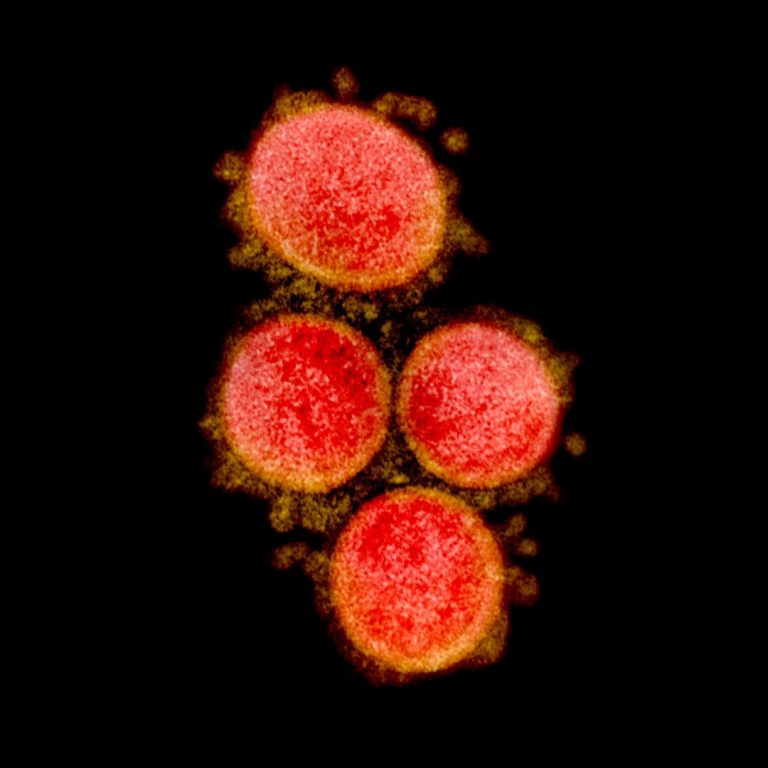
On Mar. 6, 2003, the Singapore Ministry of Health (MOH) and the World Health Organization (WHO), announced they…
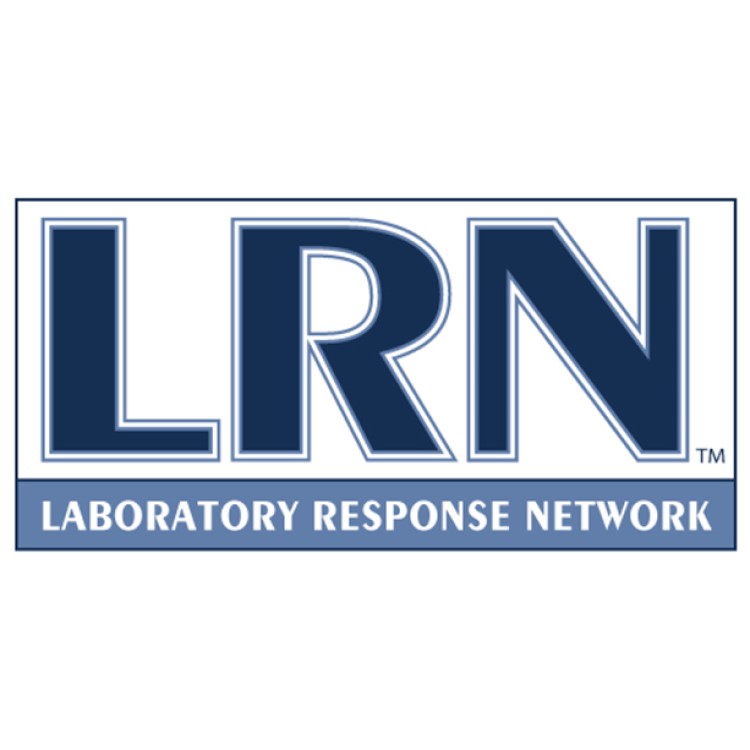
In 1999, the U.S. Centers for Disease Control and Prevention (CDC) established the Laboratory Response Network (LRN). The…

In 1999, the U.S. Centers for Disease Control and Prevention (CDC) launched the National Pharmaceutical Stockpile, now the…

In 1989, the U.S. Centers for Disease Control and Prevention (CDC) established a World Health Organization (WHO) collaborating…

In 1986, the National Childhood Vaccine Injury Act was enacted by Congress. The Department of Health and Human…
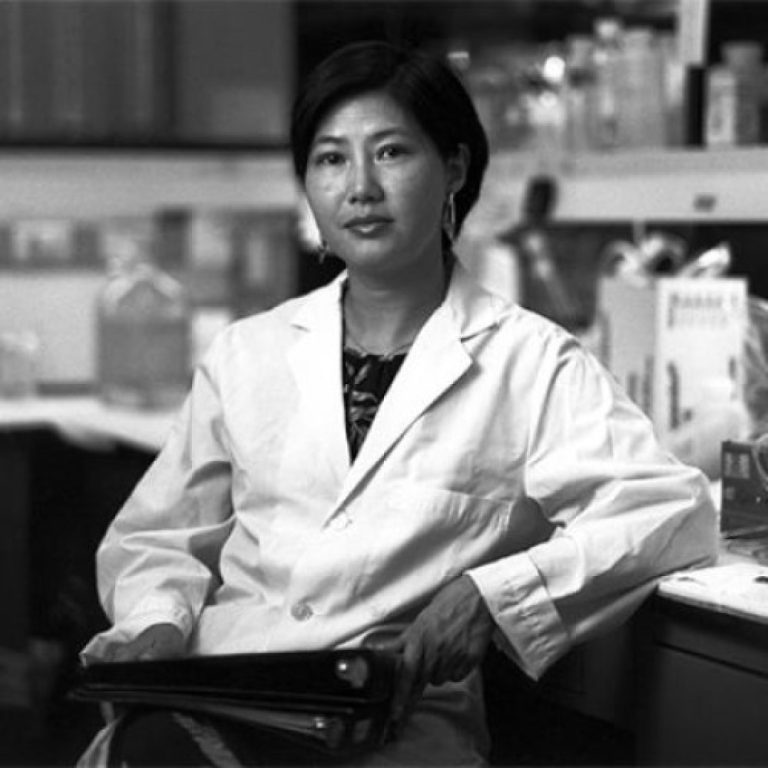
In 1985, virologist Flossie Wong-Staal became the first person to clone HIV, which led to the development of…
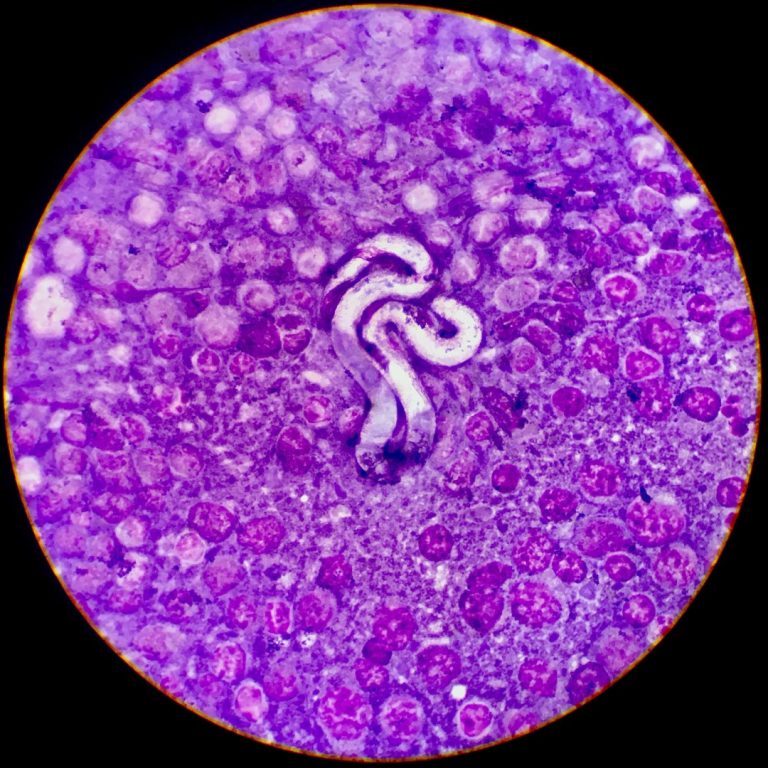
In 1981, Merck began commercialize ivermectin as a broad-spectrum veterinary anti-parasitic drug that was originally developed to treat…
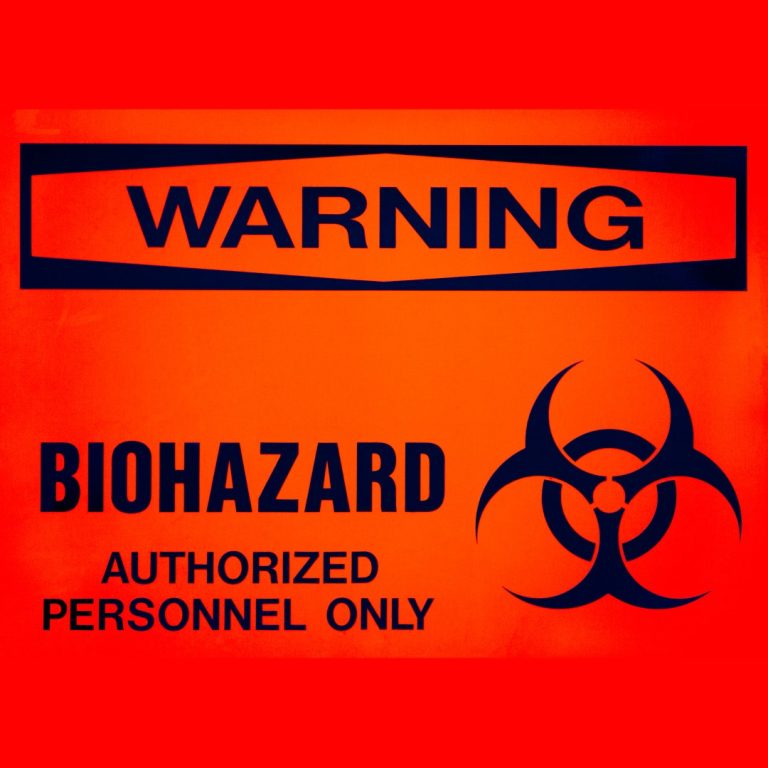
On Apr. 10, 1972, the United States, the Soviet Union and 70 other nations signed an agreement that…
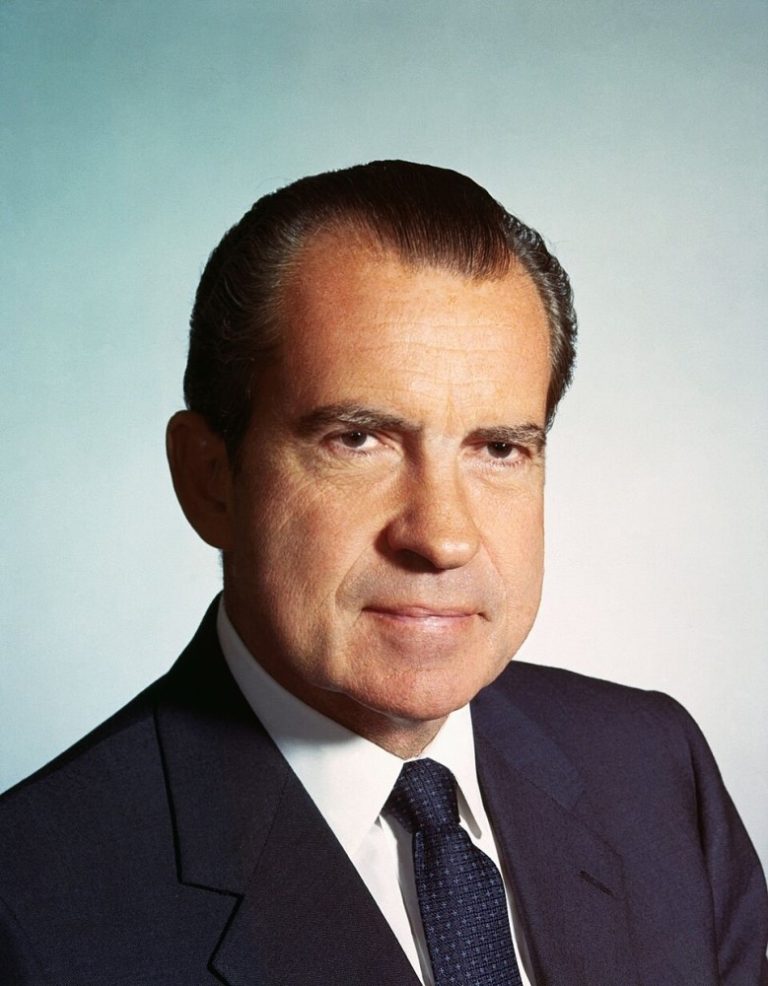
On Nov. 25, 1969, President Richard Nixon issued his “Statement on Chemical and Biological Defense Policies and Programs”…
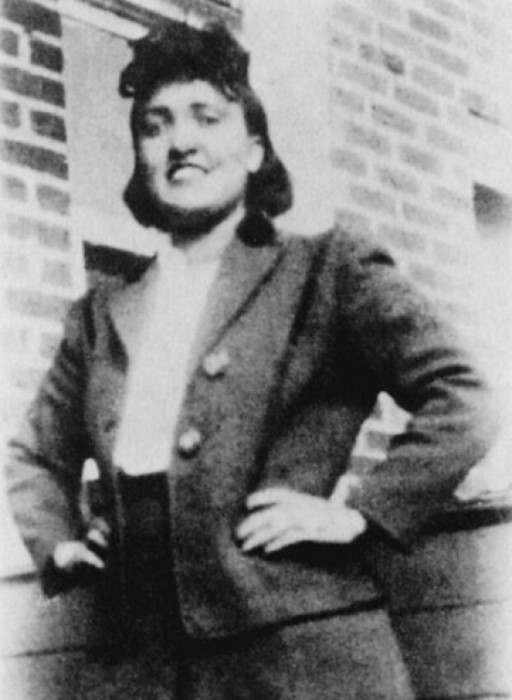
On Feb. 8, 1951, Henrietta Lacks, a tobacco farmer from Virginia died from cervical cancer, and a scientist…

In 1931, Rockefeller Institute investigator Richard Shope published the first of three landmark papers that established the etiology…
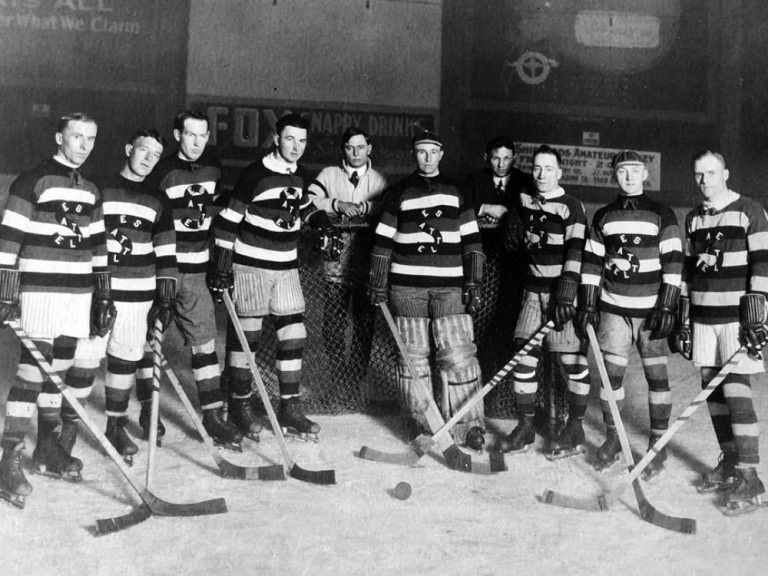
On Apr. 1, 1919, the Stanley Cup playoffs between the Montreal Canadians and the Seattle Metropolitans ended tied…

On Jan. 2, 1919, Denver slowly returned to normal after its flu epidemic, and schools reopened. School teachers…
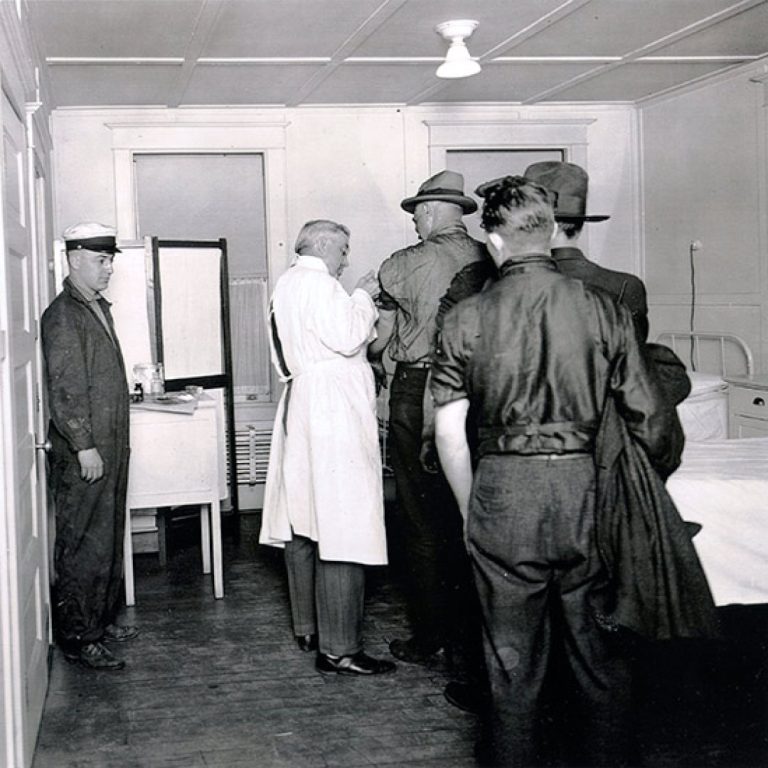
In 1919, Washington, D.C. suffered spikes in influenza cases throughout the remainder of 1918, and into early February…
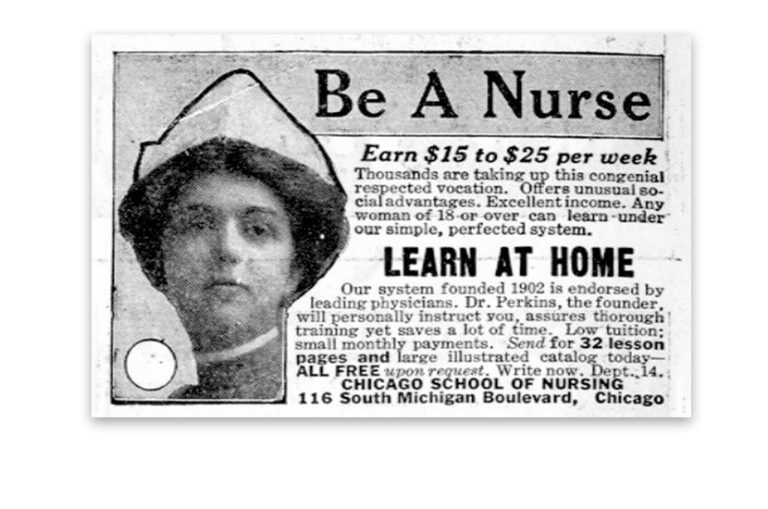
In 1919, the University of Oregon in Eugene introduced the state’s first professional courses in nursing. The courses…